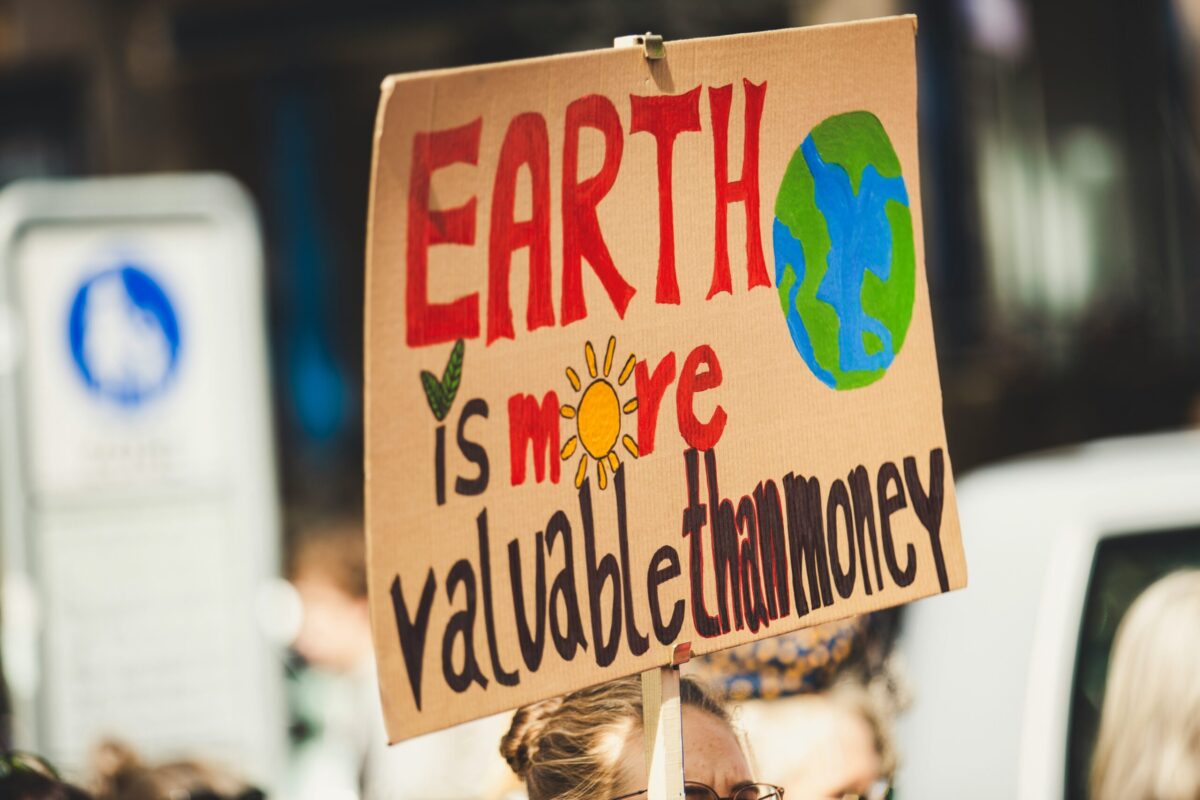SACRAMENTO, California — $40 billion in federal and state funding is available to help low income communities combat climate change.
Investments will be made in clean energy, clean transportation, clean water, stormwater management projects, parks and greenways, among other initiatives. “These are investments that help improve the climate resilience of communities, but are also incredible economic development opportunities for communities,” said Jon Christensen, adjunct assistant professor in the Institute of the Environment and Sustainability, Luskin Center for Innovation, and Center for Digital Humanities at the University of California, Los Angeles.
Disproportionate Impacts
Climate change disproportionately impacts low-income communities in the U.S. These communities often face greater vulnerabilities due to their locations in flood zones, heat islands or near industrial sites. Residents may lack the financial resources to make their homes energy efficient, or moving to safer locations. Emergency services are often limited in low-income communities.
“Ethnic media can help by informing their communities about these multi-billion dollar investments, engaging them in the advocacy and planning, to make sure those investments benefit their communities,” said Christensen, speaking to Ethnic Media Services on the sidelines of the EMS/California Black Media Expo held here Aug. 27-28. “They can help to ensure their communities are left stronger and more capable with more capacity to define their own futures as these investments continue to be made over the next years and decades,” he said.
Justice 40 Communities
The $40 billion is a portion of the overall $100 billion allocated to low income communities. The funds come from multiple sources, including a $152 million grant from the Environmental Protection Agency, announced in July. That grant, known as the Community Change Grants Program, is derived from the Biden/Harris Administration’s Inflation Reduction Act, and represents the largest investment in environmental and climate justice in history. The grants will go to “Justice 40” communities, primarily low-income communities of color.
Funding Sources
The Inflation Reduction Act is expected to pump over $50 billion into initiatives combating climate change, including a $27 billion greenhouse gas reduction fund. Homeowners can expect to get a $1200 tax credit for making their homes energy efficient.
In 2021, the state of California announced the $48 billion California Climate Commitment, which aims to reduce the risks of climate change to particularly vulnerable communities throughout the state. As part of its first round of funding, the California Strategic Growth Council will also distribute $93.6 million to to help build climate resiliency centers in neighborhoods most impacted by extreme heat and other climate related issues.
Tree Canopies
The Bezos Fund has also allocated $10 billion, the largest philanthropic commitment ever to fight climate change. The funds will be distributed by 2030, the date by which the United Nations Sustainable Development Goals must be achieved.

Speaking at an Aug. 28 panel at the EMS/CBM Expo, Chynell Freeman, Resilient Community Associate Planner at the California Strategic Growth Council, noted that grants are being accepted for the next round of funding. Special notice is being given to initiatives with robust community engagement working on increasing tree canopies to provide more cooling, and land recovery. She noted a program in Southwest Fresno in which 7 acres of vacant land were recreated into a drought-friendly, native plant community and vegetable garden, with produce to sell on a farm stand.
Urban Greening
The shade from tree canopies, which convert asphalt and blacktop areas, can reduce temperatures by 10 to 20 degrees Fahrenheit, and raise a community’s life span by about 1 million years, said Christensen.
“We’re focused on giving communities a voice,” said Freeman.
“Everyone has a right to a green space, especially very dense urban areas,” said Yvette Lopez Ledesma, Senior Director of Community Led Conservation at the Wilderness Society. She noted that Los Angeles County has committed $12 million towards urban greening initiatives.
‘Not Just Vanishing Polar Bears’
People of color and low income communities have a greater stake in climate change because the impacts are much harsher, said Sissy Trinh, Executive Director of the Southeast Asian Community Alliance. “We cannot frame climate change as just vanishing polar bears,” she stated, noting that ethnic media can play a huge role in informing communities as to what’s at stake for them personally.
Trinh noted, for example, that several cities are working to get water and cooling methods to their elderly residents, but getting the information to them is challenging. “Elderly people aren’t going to get Google Alerts,” she stated, adding that critical, in-language resources are sorely lacking.
The Role of Media
Her remarks were echoed by other panelists, who stressed the need for ethnic media to be on the ground in climate vulnerable communities.
Manuel Ortiz Escamez, founder and director of Peninsula360 Press, has been covering wildfires this past summer. Post disaster, media leave, he said. “There is a lack of information. People don’t know where to go. The need is even bigger for ethnic communities,” said Escamez, noting, like Trinh, that few in-language resources are available.
As of Aug. 16, California has recorded 5,210 wildfires that have destroyed 821,877 acres, reported Escamez. “There are places in the world that have been lost forever. People are working very hard to recover their lands.”




